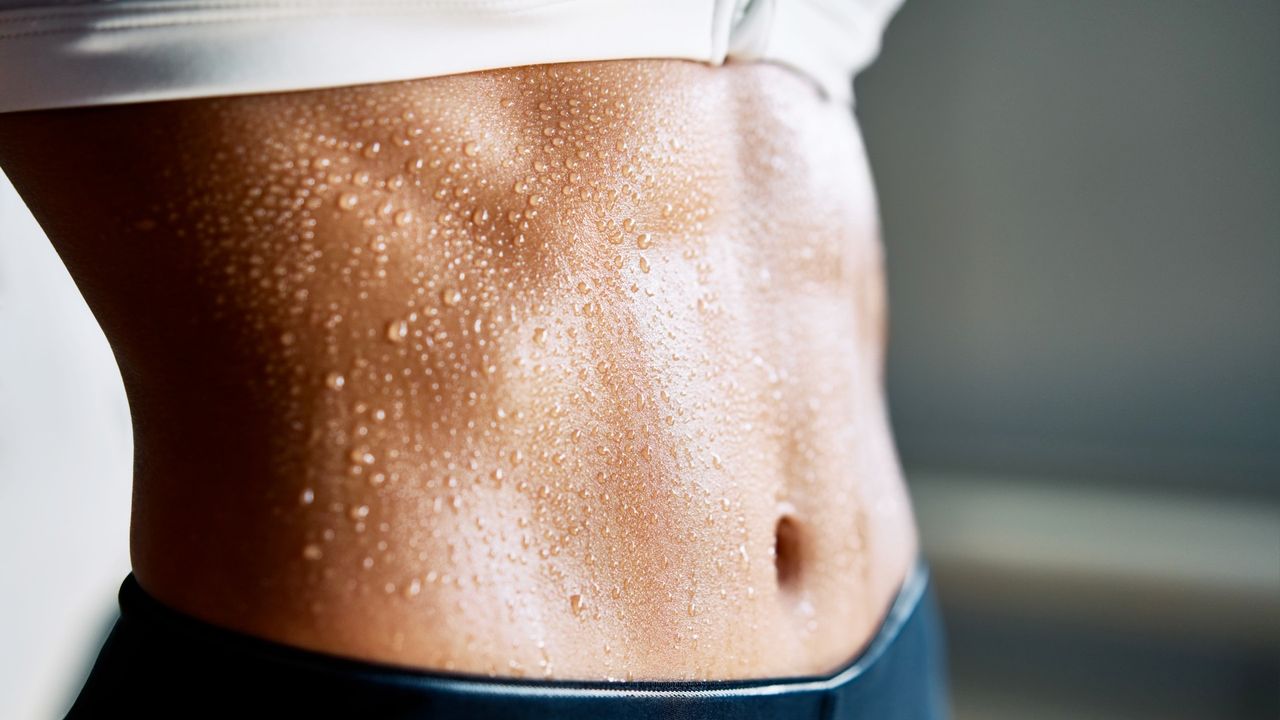The pursuit of a six-pack is often seen as the ultimate goal in fitness. Yet, many individuals, including personal trainers, find themselves without this coveted abdominal definition. A personal trainer has shared insights into the challenges of achieving a six-pack and why it shouldn’t be a measure of one’s health or fitness.
Despite maintaining a healthy lifestyle that includes regular exercise—such as running, yoga, Pilates, and weightlifting—this trainer has never achieved a six-pack. The reasons behind this reflect broader truths about fitness, health, and body composition. Building a visible six-pack requires not only dedicated exercise but also a low body fat percentage, which is influenced by several factors, including diet, daily movement, stress levels, and genetics.
Understanding Core Strength vs. Aesthetic Abs
When discussing core strength, it’s essential to differentiate between the rectus abdominis, commonly referred to as the “abs,” and the broader network of core muscles. The rectus abdominis is the muscle group responsible for the six-pack appearance, but achieving visibility requires a low body fat percentage. Each individual stores body fat differently, making it easier for some to develop visible abs while others may struggle.
While many focus on the aesthetic of a six-pack, the primary goal should be to build a strong core. Core strength enhances overall movement quality, protects the spine and pelvis, and reduces the risk of injury. Therefore, prioritizing core stability and strength is more beneficial than fixating solely on the appearance of abs.
Four Key Barriers to Achieving a Six-Pack
1. **Diet**: Nutrition plays a critical role in body composition. A balanced diet, rich in macronutrients—proteins, fats, and carbohydrates—is vital for muscle growth and overall health. Personal trainers often recommend focusing on protein intake, especially for those aiming to build muscle. Those seeking a six-pack might consider a fat-loss phase, which involves paying closer attention to dietary choices without the need for stringent calorie counting.
2. **Daily Movement**: Overall daily activity is crucial for fat loss. This concept, known as Non-Exercise Activity Thermogenesis (NEAT), includes activities such as walking, playing with children, or standing while working. Increasing daily movement can help burn additional calories, contributing to fat loss without excessive workout intensity. Movement should be enjoyable and integrated into daily life rather than viewed as an obligation.
3. **Stress Management**: Elevated stress levels can significantly impact fitness progress. Research indicates that chronic stress raises cortisol levels, which may lead to increased fat storage, particularly around the abdomen. Effective stress management through exercise, mindfulness, and adequate rest can enhance overall well-being and potentially aid in weight loss.
4. **Genetics**: Genetic predispositions can influence body fat distribution and metabolic rates. Some individuals may naturally have a faster metabolism or find it easier to maintain a low body fat percentage. Understanding individual genetic factors can help set realistic fitness goals and expectations.
In conclusion, while many may aspire to achieve a six-pack, it is crucial to recognize that fitness and health extend far beyond this single aesthetic. A strong core can be developed through a combination of proper diet, increased daily movement, effective stress management, and an understanding of individual genetic factors. Achieving visible abs may not be attainable for everyone, but it is entirely possible to be fit, strong, and healthy without them. Embracing diverse body types and focusing on personal fitness goals can lead to a more fulfilling and balanced approach to health.
